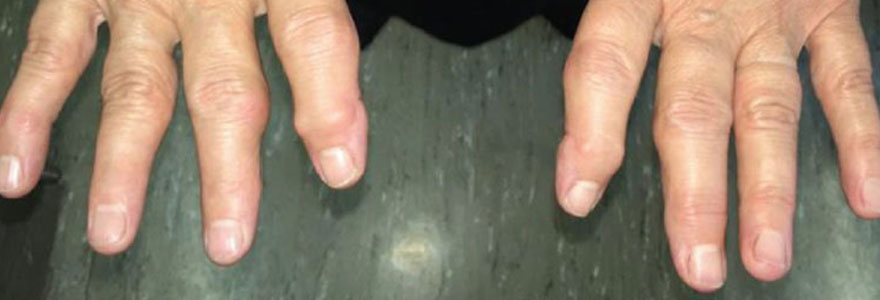
Dr. Amrita Khatri
M.D., B.H.M.S.Book Appointment
Osteoarthritis

Osteoarthritis (OA) is the most common form of arthritis and is a degenerative joint disease that primarily affects the cartilage in your joints. Cartilage is the firm, slippery tissue that covers the ends of your bones in a joint and allows them to glide smoothly over each other. When cartilage wears down or is damaged, it can lead to the development of osteoarthritis.
Symptoms of Osteoarthritis
- Joint Pain: Persistent pain in the affected joints, which often worsens with activity and improves with rest.
- Stiffness: Stiffness in the affected joints, particularly noticeable in the morning or after periods of inactivity.
- Swelling: Mild swelling in the affected joints, which can cause discomfort and reduce range of motion.
- Decreased Range of Motion: Reduced ability to move the affected joint fully, often accompanied by a feeling of joint weakness.
- Crepitus: A grating or crackling sound when moving the joint, caused by rough surfaces rubbing together.
- Tenderness: Sensitivity to touch or pressure around the affected joint.
- Bone Spurs: Extra bone growths (osteophytes) that can develop around the affected joint, potentially causing further pain and limiting movement.
- Joint Instability: A feeling that the joint may give way or buckle during movement.
- Joint Deformity: Changes in the shape or alignment of the joint due to the degeneration of cartilage and bone changes.
Causes of Osteoarthritis
- Age: The risk of developing osteoarthritis increases with age, as the cartilage naturally wears down over time.
- Genetics: A family history of osteoarthritis can increase the likelihood of developing the condition.
- Joint Injury: Previous joint injuries, such as fractures or ligament tears, can increase the risk of osteoarthritis in the affected joint.
- Repetitive Stress: Jobs or activities that put repetitive stress on specific joints can contribute to cartilage wear and tear.
- Obesity: Excess body weight puts additional stress on weight-bearing joints, such as the knees and hips, accelerating cartilage degeneration.
- Gender: Women are more likely to develop osteoarthritis, particularly after menopause, due to hormonal changes and other factors.
- Joint Abnormalities: Congenital or developmental joint abnormalities can predispose individuals to osteoarthritis.
- Overuse: Repetitive use of a joint in sports or physical activities can contribute to cartilage breakdown.
- Inflammatory Conditions: Conditions such as rheumatoid arthritis or gout can lead to secondary osteoarthritis due to joint damage and inflammation.
- Metabolic Disorders: Conditions like hemochromatosis (iron overload) and other metabolic disorders can affect cartilage health and contribute to osteoarthritis.


